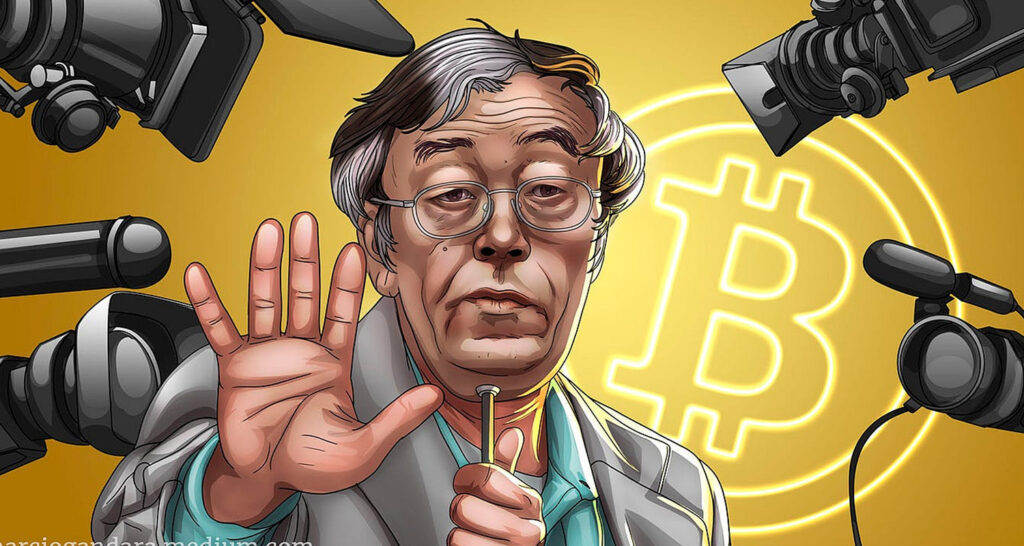
The story of Satoshi Nakamoto, the mysterious creator of Bitcoin, is a modern-day enigma. His real identity is unknown and has taken on a legendary status. While no one knows who he is, he has come to symbolize a new era of freedom in finance and technology. Recently, an Australian scientist has claimed to be the elusive founder, adding more intrigue to the story.
The search for Satoshi Nakamoto and the challenges surrounding Craig Wright
It all started in 2008 when an anonymous person named Satoshi Nakamoto introduced a new digital money and payment system called Bitcoin. However, after launching Bitcoin, Nakamoto disappeared, leaving everyone curious about their true identity.
Interestingly, a single leader’s absence has helped Bitcoin grow and evolve freely. It has allowed a wide range of people to contribute to its development, making it stronger and more independent.
However, there’s a twist in the story. Australian computer scientist and businessman Craig Wright has claimed to be the real Satoshi Nakamoto, but his claims have been met with skepticism. Despite his efforts to prove his identity, including legal action against those who doubt him, there are still doubts about his credibility. There are even hints that some of his supporters may be losing faith in him.
A lawsuit with a lot on the line that might finally uncover the truth.
The Crypto Open Patent Alliance, a group of crypto and tech companies, has filed a lawsuit against Craig Wright claiming to be Satoshi Nakamoto. They want the court to declare that this person is not Nakamoto. The lawsuit alleges that this individual has been using false claims to intimidate and harm crypto developers. The case is currently on trial in the U.K. and has the potential to significantly impact the crypto world.
Unlike some other recent crypto-related legal battles, this case has not received much attention. However, it has the potential to be very important. The trial has been filled with drama and surprises, including the defendant admitting that some of the documents he presented as proof were forgeries. The trial is expected to continue for about six weeks.
